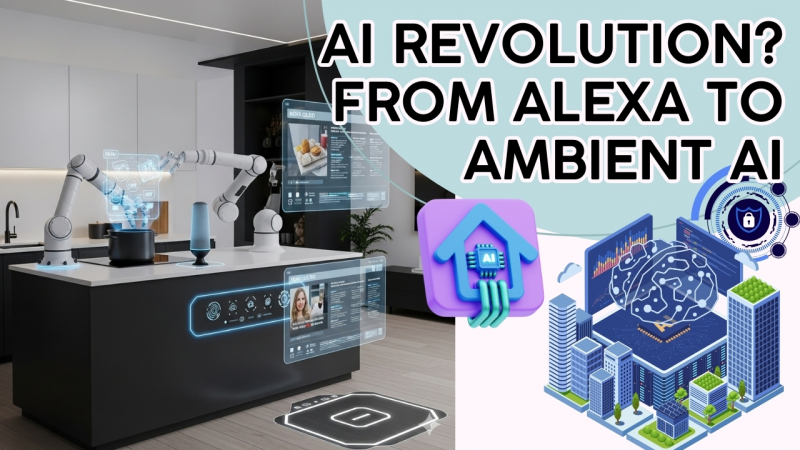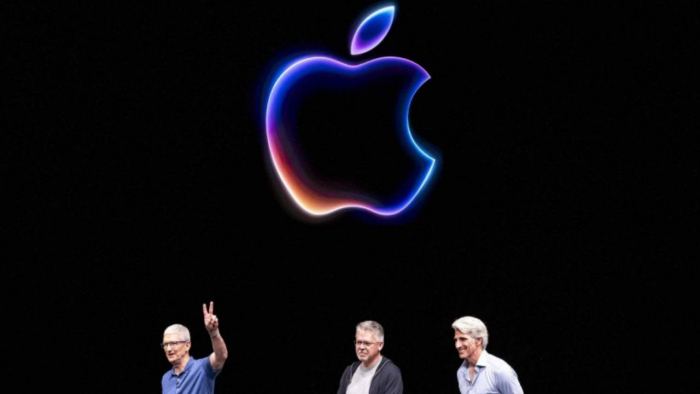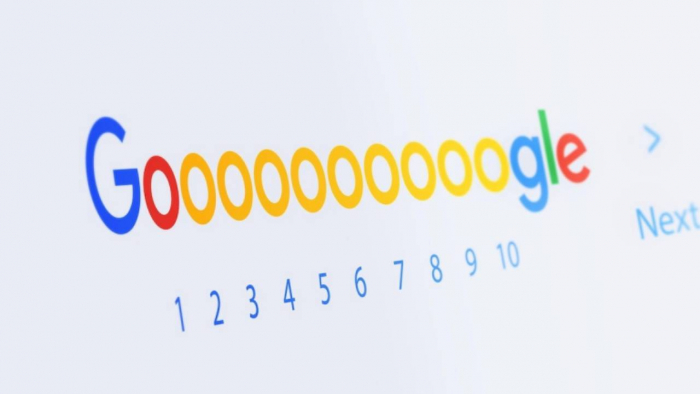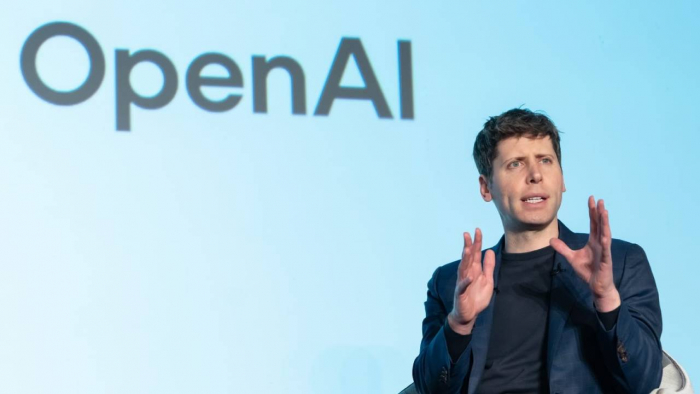Artificial Intelligence (AI) has moved beyond buzzwords and prototypes. Now, AI is no longer something you just read about in tech journals—it’s woven into daily life. From predictive cleaning robots to intelligent security systems, AI is turning homes into dynamic, responsive ecosystems. But what does this evolution mean for us, and how is it changing the way we live, work, and relax? Let’s explore the rise of AI-powered smart living, the best gadgets, and the seven ways AI is already transforming everyday routines.
The Journey: From Alexa to Ambient AI
When Amazon launched Alexa in 2014, smart assistants were revolutionary. You could ask for the weather, play music, or order products using only your voice. But Alexa, Google Assistant, and Siri were still reactive—they needed direct commands.
Soon, we’ll have shifted toward ambient AI. Instead of waiting for commands, these systems anticipate needs. Imagine lights that brighten as you wake, thermostats that adjust when you step inside, and speakers that recommend calming playlists after detecting stress in your voice. Samsung’s Ambient AI Home Ecosystem, unveiled at IFA 2025, is a prime example. It learns routines, tracks well-being, and even notices when your dog is restless—offering a proactive and holistic layer of home intelligence.
The difference is clear: voice assistants respond to commands; ambient AI predicts and personalizes.
Best AI-Powered Gadgets
So, what gadgets are leading this AI revolution? Here are the standout devices transforming homes:
1. Dyson Spot+Scrub AI Robot Mop
Not just another cleaning bot—Dyson’s mop uses AI-powered stain detection. It recognizes dirt patterns and adapts cleaning intensity. Think of it as a housekeeper who notices when your toddler spills juice and targets that spot instantly (The Verge).
2. Lenovo’s Eufy MarsWalker Robovac Stairlift
Robot vacuums were limited to single floors—until now. MarsWalker is a stair-climbing platform that ferries your robovac between levels. A clever AI scheduling system coordinates cleaning across all floors, solving a long-standing frustration for multilevel homeowners.
3. Philips Hue Lighting with MotionAware
This isn’t just smart lighting—it’s adaptive lighting. AI-powered motion tracking allows bulbs to respond in real-time, adjusting brightness and tone as you move through the home. No apps, no voice commands—just seamless illumination.
4. Schlage Sense Pro Smart Lock
AI-enhanced security meets convenience. With Matter compatibility and ultra-wideband (UWB) technology, this lock recognizes authorized users automatically. Its AI system even flags suspicious behavior around your doorway, enhancing safety beyond keyless entry.
5. SwitchBot Noa and Niko Pet Robots
These AI-powered robotic companions interact with humans and pets. They can play, respond emotionally, and monitor household activity. They aren’t replacing pets, but they’re bringing personality and companionship into AI-driven homes.
6. Google Nest Thermostat (4th Gen)
Google’s latest thermostat uses Soli radar and AI presence detection. It doesn’t just react to temperature changes—it predicts when you’ll arrive home and adjusts climate control proactively. It’s smarter energy efficiency, saving both money and carbon emissions.
7. Samsung Ambient AI Hub
This central AI system coordinates across all smart devices. It doesn’t just control—they learn, adapt, and sync with each other. From wellness monitoring to pet care alerts, it makes the home an ecosystem rather than a set of gadgets.

Top 7 Ways AI is Changing Daily Life
Beyond individual gadgets, AI is shifting lifestyle patterns. Here are the top ways it’s already reshaping daily living:
1. Energy Efficiency Through Prediction
Smart thermostats and energy systems now use AI to predict usage, cutting waste. According to the International Energy Agency, AI-powered energy management could reduce household energy consumption by up to 20% by 2030 (IEA).
2. AI-Enhanced Health Monitoring
From sleep trackers that adjust mattress firmness to AI cameras that detect early signs of health issues, home wellness tech is evolving fast. Samsung’s Ambient AI even alerts families if elderly relatives show irregular movement patterns.
3. Proactive Home Security
AI security systems now differentiate between strangers, delivery drivers, and family members. Instead of flooding you with alerts, they only notify you when something’s unusual. This reduces false alarms and improves peace of mind.
4. Personalized Companionship
AI-driven robots like SwitchBot’s Noa provide companionship for kids, pets, and even the elderly. Their learning algorithms adapt personalities over time, making interactions feel increasingly natural.
5. Smarter Cleaning & Maintenance
AI doesn’t just clean floors—it predicts when air filters need replacement or when appliances are underperforming. Predictive maintenance is reducing costs and extending the life of household devices.
6. Seamless Entertainment
AI home assistants don’t just play music—they curate experiences. They adjust playlists based on mood, suggest shows based on collective family preferences, and even sync lighting with entertainment for immersive atmospheres.
7. Learning Homes That Anticipate Needs
The ultimate shift is from reactive homes to proactive homes. With sensors, data analysis, and predictive AI, homes now sense patterns—like when you cook, when you exercise, or when you relax—and optimize conditions automatically.
AI at Home: The Future of Smart Living
So, where does AI-powered living go from here? Analysts predict that by 2030, over 500 million households worldwide will adopt AI-driven ecosystems, up from 150 million in 2024 (Statista). The focus will shift from individual gadgets to interoperable ecosystems, where devices communicate seamlessly.
Privacy will remain a challenge. Ambient AI systems rely on sensitive data, from sleep patterns to emotional states. Companies like Samsung are tackling this with blockchain-based threat detection and enhanced encryption, but consumer trust will define adoption rates.
Another key frontier is AI personalization. Future assistants won’t just adjust thermostats—they’ll understand emotional cues, anticipate stress, and offer solutions. Think of an AI that dims the lights, plays calming sounds, and starts the air purifier when it senses anxiety in your tone.
Conclusion
We’ve come a long way since Alexa first listened for weather reports. Now, AI doesn’t just listen—it learns, predicts, and cares. From AI-powered mops to ambient home ecosystems, the shift toward proactive intelligence is redefining smart living.
The big question isn’t whether AI will make our homes smarter—it already has. The real question is: how much of our daily decision-making are we ready to share with machines that know us better than we know ourselves?
Post Comment
Be the first to post comment!





